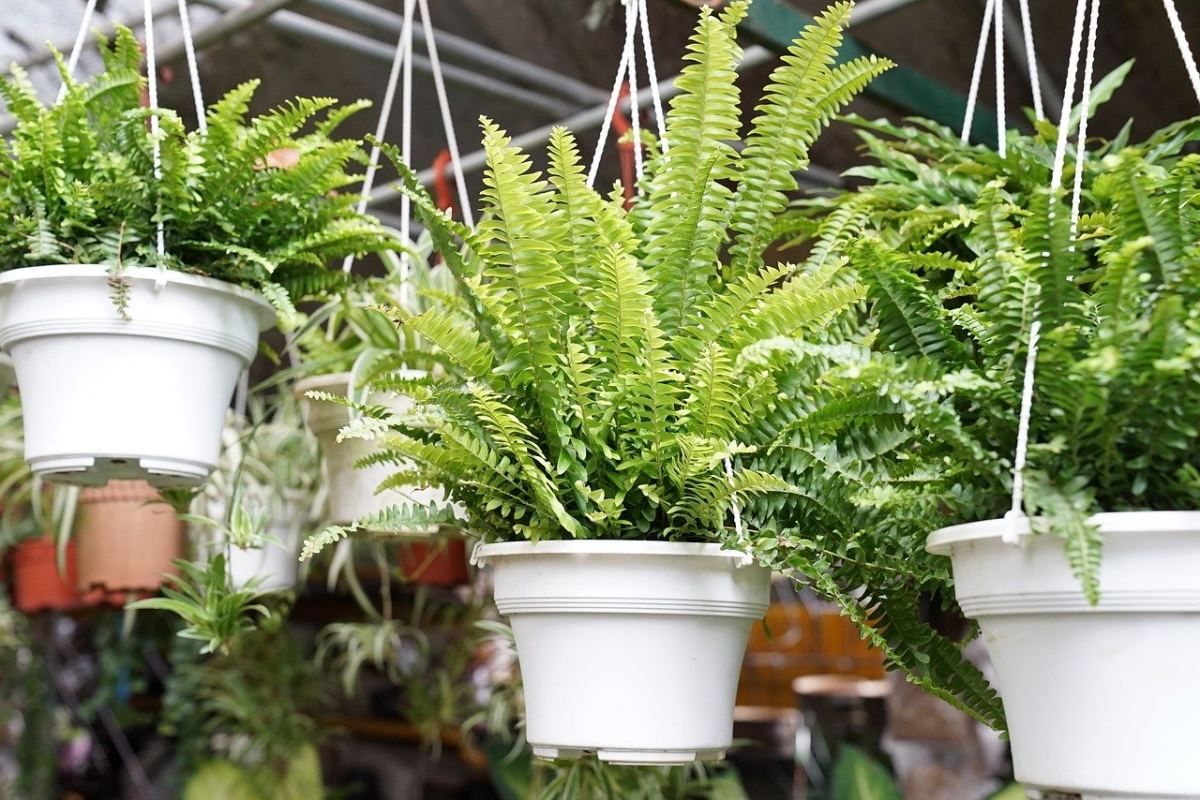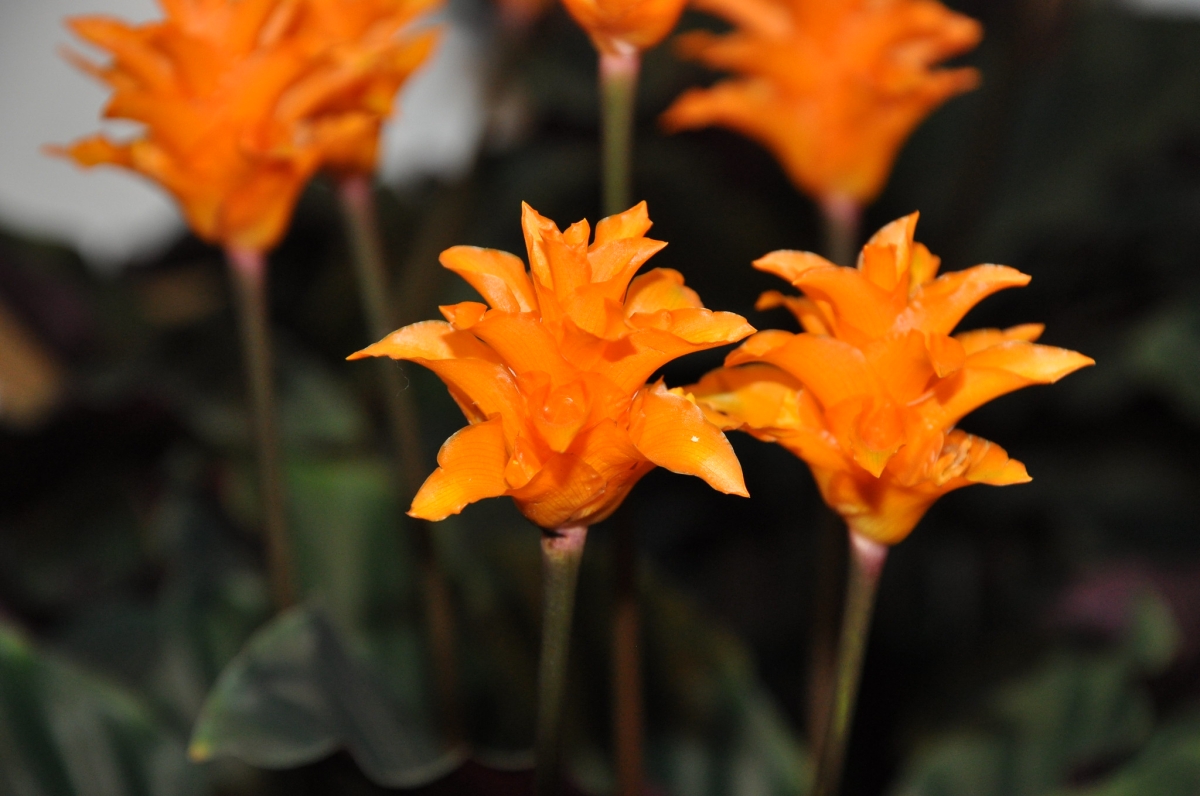
There are many plants that flower indoors, but often when we buy one it only does so for the first year. Afterwards, nothing. The most common is that it is dedicated to producing leaves and leaves, but not a single flower. Why? What are we doing wrong?
The truth is that we do not always know what prevents the plant from flourishing, and this is so because sometimes there are several causes and not just one, which is leaving us without the opportunity to enjoy the beauty of its flowers. Thus, We will explain how to make indoor plants bloom again.
Put it in a place with more natural light
One of the main problems that plants that are grown at home have is the lack of light. For a long time, and still today, species that supposedly can live in very little light are still recommended, but this only confuses people. It is true that there are some that need less light than others, but all, absolutely all of them, must be in an area where there is clarity. Even ferns, which are the quintessential shade plants, would struggle if they were kept inside a room where there are no windows.

Therefore, If our indoor plant has stopped blooming, the first thing we have to think about is that it may be lacking light. When the problem begins to be really serious, we see that the leaves lose their natural color and firmness, but it is not necessary to go to that extreme to know whether or not to move it: if you have only taken flowers once, perhaps it is good time to find another place where there is more clarity.
Change the pot
This is another of the most frequent causes: lack of space. The plant grows, the roots eventually fill the pot, and in the end what happens is that it stops flowering (and to grow) because it has no more room, no more land. The worst thing we can do to any plant is to leave it in the same pot for years, and not see when it needs a larger one.
For that reason, it is that It is so advisable to take a look at the base of the container from time to time, and see if roots grow out of the holes; in this case, and if it is spring, it will have to be transplanted. You will also need one if gently pulling it up makes the ground bread come out without falling apart. If the root ball does not come off the pot, tap it; so it will surely come out better.
Then plant it in a pot that is about 5-7 centimeters more in diameter and depth, with suitable substrates. For example, if it is a anthurium, camellia, gardenia, azalea or heather, you have to use substrate for acidic plants (for sale here); Otherwise, you can use universal growing medium (for sale here).
You have to ensure that the plant is in the center of it, and neither too high nor too low with respect to the edge of the container. For example, I always make sure that the surface of the root ball is less than a centimeter from the edge of the pot; thus, when irrigated, there is less risk of water being lost.
Fertilize it from time to time

Image - Flickr / Stefano
It is important that indoor plants are fertilized during the spring and summer months. As we have mentioned before, as they grow, they occupy the pot, and they use up the earth, hence it is necessary to pay them periodically. Since they are in a container, you have to use fertilizers or liquid fertilizers; and since we are interested in them blooming, we will do it with those that stimulate flowering, like this for flowering plants, or with others that are rich in potassium and phosphorus, such as guano that you can buy here.
We will follow the instructions on the container. Always. As much as we want to see its flowers again, we cannot wait to add a high dose of compost or fertilizer and see how it takes flowers, because that is not going to happen. Really, it is better to be patient and take the indicated dose, since this way the roots will not be burned.
Increase humidity for your indoor plants
The origin of many of the plants that are grown at home is the humid tropical forest. Warm and stable temperatures throughout the year and frequent rains are what allow a large number of plant species to grow. But the conditions in which they have to learn to live are sometimes too different: humidity is usually low, there are air currents coming from some device (fan, air conditioning, etc.) and / or windows, nor can they get wet. with the rain.
When the environment is dry or very dry, the tips of the leaves dry out, and the plants become weak. And let's not even talk about flowers. It is difficult for them to expend energy to flourish when they do not have everything they need. Because, you can do several things:
- Buy a humidifier and put it near them.
- Put them together so that they themselves, by expelling water vapor, increase the humidity.
- Place glasses or other containers with water around them.
- Spray / spray its leaves with distilled water.
- Keep them clean. If the pores of the leaves are filled with dust, not only would we not see more flowers, but also the plants would be spoiled. They must be cleaned periodically (once a week or every 15 days for example, depending on how dirty they are) with distilled water, rain or suitable for human consumption.
In addition, Plants should not be placed near devices that generate drafts, nor in narrow passageways.
With these tips, you will surely see flowers in your home again. In the end, the point is to keep the plants cared for, in a pot that allows them to grow at a good rate, and in a room where there are windows through which sunlight enters (but yes, you should avoid giving it directly, otherwise its leaves would burn).

